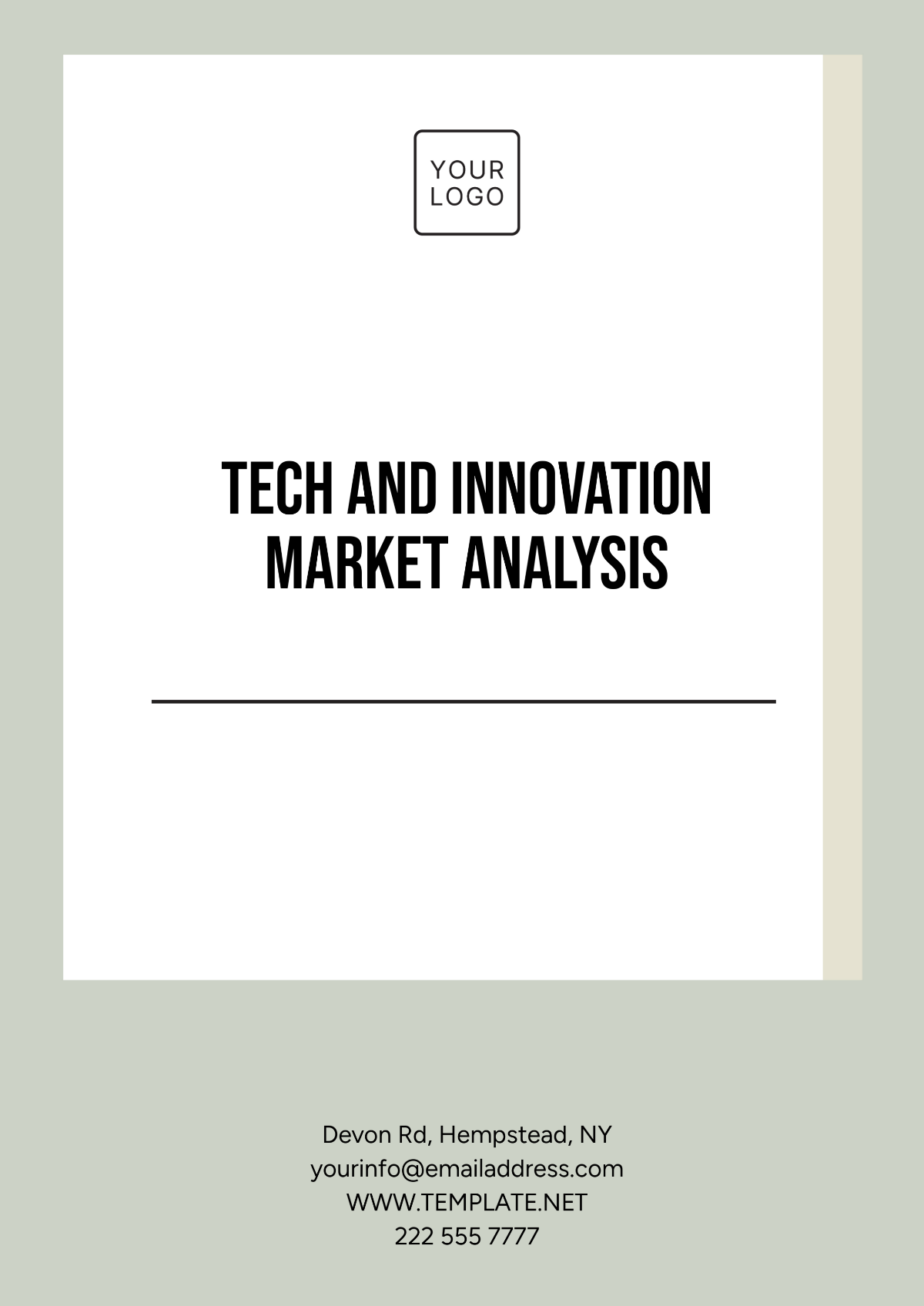Journal of Marketing Trends Analysis
Executive Summary
In this Marketing Journal, we embark on a comprehensive analysis of the prevailing marketing trends that are currently shaping the dynamic landscape of modern business. By delving into emerging strategies and technologies, our goal is to provide businesses with profound insights that will enable them to achieve sustainable growth and innovation within the ever-evolving realm of marketing.
A. Introduction: Understanding the Dynamic Marketing Landscape
In this introductory section, we aim to set the stage for our exploration of current marketing trends by acknowledging the dynamic nature of the marketing landscape. Marketing is no longer a static discipline but rather a continuously evolving field influenced by technological advancements, shifting consumer behaviors, and global market dynamics.
Key Points:
The Evolution of Marketing from Traditional to Digital:
The traditional marketing landscape of the past was characterized by print advertisements, radio commercials, and billboards.
The Impact of Technology and Data on Modern Marketing:
Technology and data analytics have become the backbone of modern marketing. With the proliferation of data sources and analytics tools, businesses can now make data-driven decisions with unparalleled accuracy.
The Need for Agility and Adaptability in Marketing Strategies
One constant in the dynamic marketing landscape is change. Consumer preferences evolve, new technologies emerge, and market trends shift rapidly.
In essence, this introductory section highlights that marketing has evolved from its traditional roots into a dynamic, data-driven, and technology-infused discipline. To thrive in this environment, businesses must leverage the latest marketing trends and technologies while maintaining an adaptive mindset that allows them to navigate the evolving marketing landscape effectively.
B. The Content Marketing Revolution: Embracing Customer-Centric Content Strategies
The Evolution of Content Marketing: Content marketing has evolved from a one-size-fits-all approach to a highly personalized and customer-centric strategy.
The Role of Storytelling in Modern Content Strategies: Storytelling has emerged as a powerful tool in the arsenal of content marketers. Story-driven content is inherently relatable and emotionally engaging, making it more likely to resonate with audiences on a profound level.
Personalization and User-Generated Content as Key Trends: Two pivotal trends within the content marketing landscape are personalization and user-generated content (UGC). Personalization involves tailoring content to the individual preferences and behaviors of each customer.
C. The Rise of Video Marketing: Exploring the Power of Visual Storytelling
Video marketing has become an undeniable force in the marketing landscape. The consumption of video content is on the rise, and businesses are capitalizing on this trend by incorporating video into their strategies.
Visual storytelling through video allows brands to convey their messages in a more compelling and engaging manner. Whether through product demonstrations, behind-the-scenes glimpses, or emotional narratives, video marketing has the power to captivate audiences.
Key Points:
The Surge in Video Consumption: Video consumption has witnessed an unprecedented surge in recent years, reshaping the digital marketing landscape. A confluence of factors has contributed to this phenomenon:
Mobile Accessibility: The widespread adoption of smartphones and high-speed internet has made video content easily accessible. Consumers can now watch videos anytime and anywhere, from their commutes to their living rooms.
Social Media Dominance: Platforms like YouTube, Facebook, Instagram, and TikTok have become video-centric, encouraging users to share, engage with, and create video content. Short-form videos, in particular, have captured the attention of younger audiences.
Visual Appeal: Videos are inherently more engaging than text or static images. They stimulate multiple senses, conveying information more effectively and leaving a lasting impression.
Educational and Entertainment Value: Video content caters to a broad range of interests, from educational tutorials to entertaining vlogs and comedy skits. This diversity of content keeps audiences engaged and returning for more.
The Impact of Visual Storytelling on Engagement: Visual storytelling is at the heart of effective video marketing. It goes beyond mere information dissemination; it's about creating a narrative that resonates with viewers.
Here's how it impacts engagement:
Emotional Connection: Visual storytelling has the power to evoke emotions, fostering a deeper connection between the brand and the audience. Emotionally charged stories are more memorable and can influence purchasing decisions.
Harnessing Live Streaming and Interactive Video for Engagement: Live streaming and interactive video represent the next frontier of engagement in video marketing.
D. Influencer Marketing 2.0: The Evolution of Influencer Partnerships
Influencer marketing has evolved from its early stages to become a strategic and authentic partnership between brands and influencers. The traditional celebrity endorsement model has given way to micro-influencers and content creators who have genuine connections with their niche audiences.
Authenticity and transparency have become paramount in influencer marketing 2.0. Consumers value honest recommendations and relatable content. Measuring ROI in influencer campaigns has also become more sophisticated, with brands tracking not just engagement metrics but actual business outcomes.
Key Points:
Historical Context of Influencer Marketing.
The Shift Toward Authenticity and Micro-Influencers.
Advanced Measurement of Influencer Marketing ROI.
E. Data-Driven Marketing: Leveraging Data for Enhanced Marketing Performance
Data-driven marketing has transformed the way businesses approach their marketing strategies. With the advent of big data and advanced analytics, marketers now have access to a wealth of insights about their target audiences.
One key trend is customer segmentation and personalization. Businesses can now tailor their messages and offers to specific customer segments, increasing the relevance of marketing campaigns. Predictive analytics and machine learning are also enhancing marketing optimization, allowing brands to anticipate customer behavior and trends.
F. AI-Powered Marketing: Artificial Intelligence - Transforming Marketing Strategies
Artificial intelligence (AI) has emerged as a transformative force in marketing. AI-driven tools and algorithms are automating various marketing processes, streamlining operations, and enabling real-time decision-making.
Conclusion
In our concluding section, we summarize the key takeaways from our analysis of current marketing trends. We emphasize the importance of adaptability and staying attuned to changing dynamics in the marketing landscape.
Successful businesses in today's marketing environment are those that can navigate the evolving terrain, seize opportunities presented by emerging trends, and forge strategies that align with their goals and values. We also look ahead to future directions in marketing, as the landscape continues to evolve.
Marketing Templates @ Template.net






























